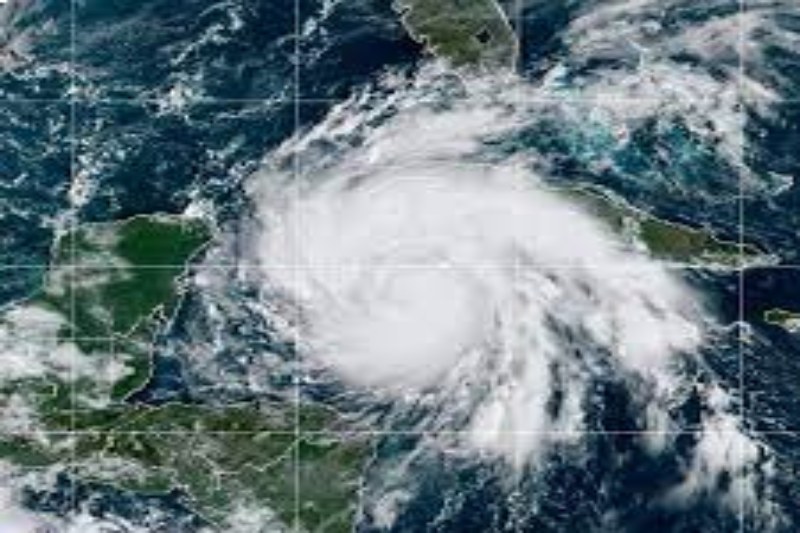Satellite Pierces the Clouds Over Florida in Oddly Round Holes. What Led to Them?

A striking new NASA photograph reveals a cluster of eerie circular holes that recently formed in the clouds above Florida. It took experts almost 60 years to decipher the surprisingly basic cause for this rare phenomenon, which has been mistakenly associated with UFOs in the past.
Known as fallstreak holes or hole-punch clouds, the strange voids above the Gulf of Mexico off the west coast of Florida were seen on camera by NASA’s Terra satellite on January 30. On February 26, NASA’s Earth Observatory released the remarkable picture.
According to the Earth Observatory, strange, circular holes like these one originated in the 1940s and gave rise to fanciful claims that they were caused by UFOs. But in reality, they are the result of airplanes passing through clouds.
The newly released images show two different kinds of clouds: canal clouds, which are more rectangular in shape, and cavum clouds, which are enormous, circular holes. Altocumulus clouds, which are supercooled bands of water vapor floating in the sky between 7,000 and 18,000 feet (2,100 and 5,500 meters) above the surface—much higher than most rain clouds—are where both types are most frequently found.
Water droplets in altocumulus clouds may withstand temperatures as low as minus 15 degrees Celsius, or as low as 5 degrees Fahrenheit. This is because ice crystals cannot form in the air at that altitude because there are less little particles, like dust and pollen, present.
Nonetheless, airflow over or around an airplane’s propellers can reduce the surrounding water vapor by up to 36 degrees Fahrenheit (20 degrees Celsius). The droplets freeze at these extremely low temperatures even in the absence of particles, and they start to sink below the holes, forming virga, or wispy strands of cloud.
From above, the wispy clouds appear at the center of the foggy voids, frequently hanging below the holes from which they descended.
The Earth Observatory claims that all of the holes in the updated image were made by aircraft taking off from Miami International Airport.
Rarely, natural occurrences of cacum and canal clouds can also occur when particular parts of the atmosphere cool.
It was not until the past 15 years that scientists were able to determine what was producing the increasingly frequent manufactured holes. In a 2011 study, scientists demonstrated that planes were to blame using flight data and satellite photos.
The study also shown that the sort of hole that forms in clouds is determined by the angle at which planes rise and fall through them: a steep angle produces more circular cavum clouds, whereas a shallow angle produces stretched canal clouds.
The study discovered that while cacum and canal clouds typically last an hour before closing, other variables including temperature, cloud density, and wind speed can affect how long they remain.
The study found that although the holes do not endanger people on the ground, they may marginally increase the amount of precipitation that falls in the vicinity of airports.